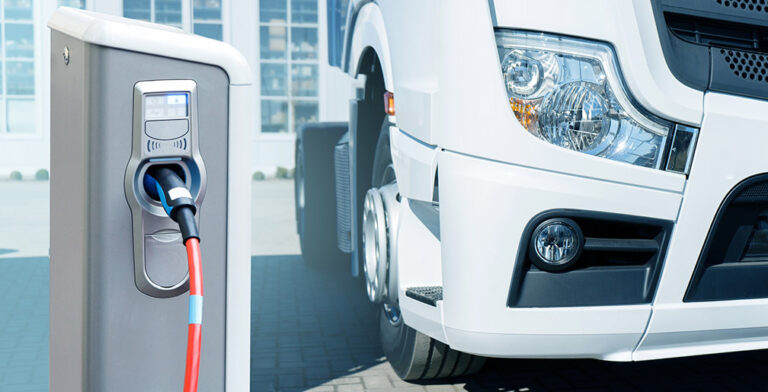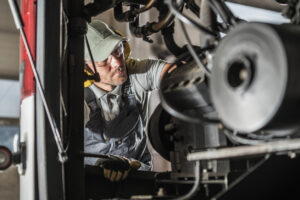COLUMBUS, Ind. — Any fleet or independent owner-operators who purchase electric tractors need to factor in patience as part of the transition because of a lack of charging stations and support infrastructure around the country.
This is according to ACT Research’s CHARGING FORWARD report, which has studied the decarbonization of the U.S. commercial vehicle market.
Switching from diesel power to electric “will require a very coordinated effort between vehicle acquisition and the supporting charging infrastructure to ensure adequate charging infrastructure is in place to support fleet needs,” the report notes.
Typically, utilities have implemented programs to assist fleets in their infrastructure development, serving as project managers to assist the project from “pole to pad” or even “pole to plug” for participating fleets, according to ACT.
“Early adopters of battery-electric commercial vehicles experienced rather lengthy timelines to install EV charging infrastructure,” noted Ann Rundle, vice president of electrification and autonomy with ACT Research. “Utilities have now been able to support timelines of nine to 13 months, from initial preliminary design to final design and construction, but those lead times reflect adequate, existing transformer capabilities. A more conservative rule of thumb indicates fleets should begin planning and coordinating behind-the-fence EV charging infrastructure to allow for an 18- to 24-month lead time.”
If an area requires more extensive grid upgrades, increased lead times are needed, especially if they require additional levels of approval, Rundle noted.
“Feeder upgrades could take more than a year,” she said. “Substation upgrades could take one to two years. New substations could take three years or more, as this would encompass planning, load interconnection studies, and complexities in the permitting process.”
The Trucker News Staff produces engaging content for not only TheTrucker.com, but also The Trucker Newspaper, which has been serving the trucking industry for more than 30 years. With a focus on drivers, the Trucker News Staff aims to provide relevant, objective content pertaining to the trucking segment of the transportation industry. The Trucker News Staff is based in Little Rock, Arkansas.














